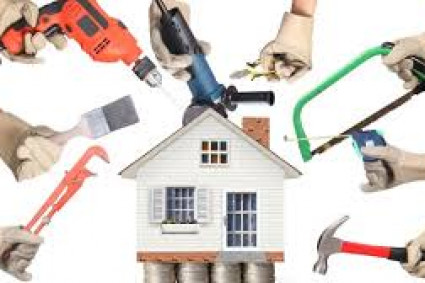
ERW steel pipes have both advantages and disadvantages. Today we will analyze the disadvantages of hot-rolled ERW steel pipes.
Residual stresses caused by uneven cooling. Residual stress is the internal self-balanced stress in the absence of external force. Hot-rolled steel sections of various sections have such residual stress. Generally, the larger the cross-section size of the section steel, the greater the residual stress. Although residual stress is self-balanced, it still has a certain impact on the performance of steel components under the action of external forces. For example, it may have adverse effects on deformation, stability, fatigue resistance, etc.
After welding, the non-metallic inclusions inside the ERW steel pipe are pressed into thin sheets, causing delamination. Delamination greatly deteriorates the tensile properties of straight seam steel pipes along the thickness direction, and may cause interlaminar tearing when the weld shrinks. The local strain induced by weld shrinkage often reaches several times the yield point strain, which is much larger than the strain caused by load.
Hot-rolled ERW steel pipes may have the following disadvantages during use:
Weld defects are prone to occur: Since hot-rolled straight seam steel pipes are made by welding multiple steel plates, defects such as poor welding, pores, and slag inclusions may occur during the welding process, which affects the service life and safety of the pipeline.
Pipe deformation problem: Hot-rolled straight seam steel pipes will experience high-temperature deformation during the production process, which may lead to irregular pipe shapes, bends, twists and other problems, affecting the connection and installation of pipes.
Unstable surface quality: Due to the influence of factors such as temperature and pressure during the production process, the surface quality of hot-rolled straight seam steel pipes may be unstable and prone to surface defects such as oxidation, rust, and pitting, affecting the appearance and anti-corrosion performance.
Large dimensional deviation: The production process of hot-rolled straight seam steel pipes is relatively complex, which can easily lead to large dimensional deviations of the pipes, which is not conducive to the precise connection and installation of the pipes.
Poor corrosion resistance: Since the welding seams and surfaces of hot-rolled straight seam steel pipes are prone to defects, the pipes have poor corrosion resistance and are easily eroded and corroded by external media, affecting the service life of the pipes.
High production costs: The production process of hot-rolled straight seam steel pipes is relatively complex and requires a large amount of energy and materials, resulting in high production costs and is not conducive to cost control and product price reduction.
In summary, hot-rolled ERW steel pipes have shortcomings such as weld defects, pipe deformation, unstable surface quality, dimensional deviations, poor corrosion resistance, and high production costs during use. They need to be paid attention to and improved during production and use.
To learn more, please visit the website:
www.baowi-steel.com



